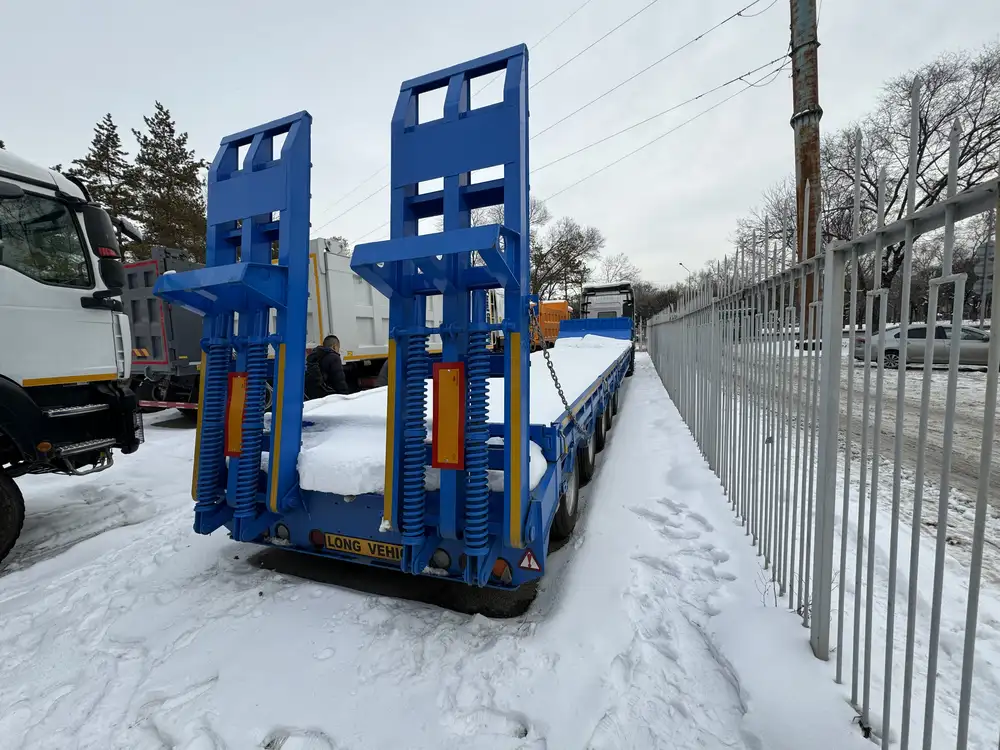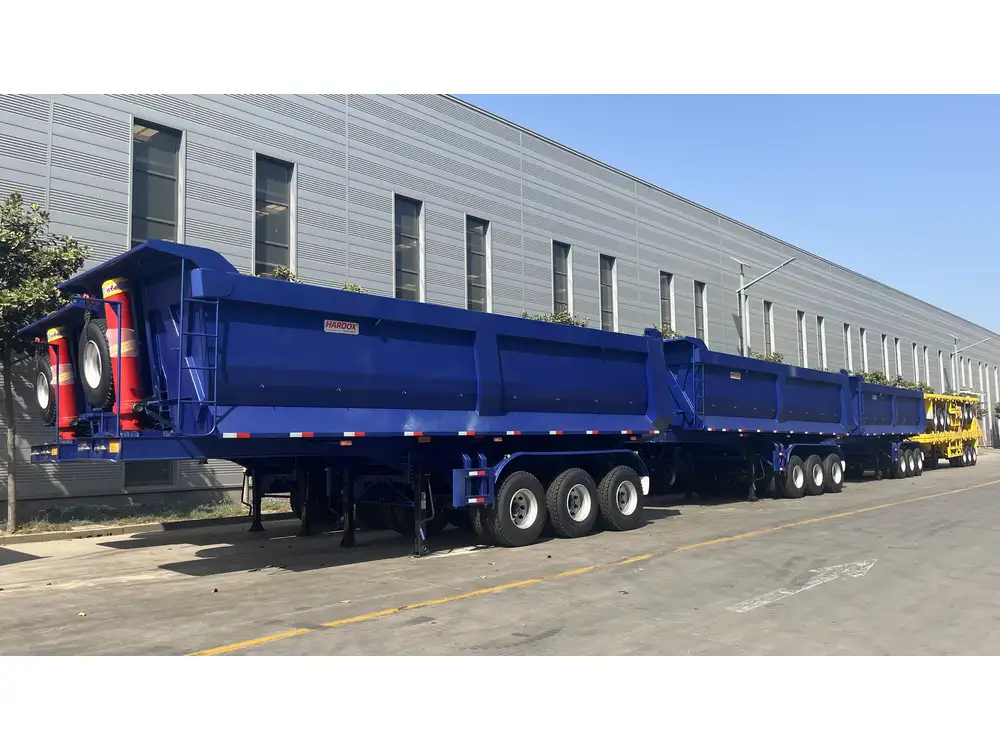Introduction
When it comes to heavy-duty transport and construction equipment, businesses face a plethora of choices. Among these, scissor lifts and telescopic dump trailers stand out due to their unique features and functionalities. In this article, we conduct a comprehensive analysis to determine which option might better suit different operational requirements.
Understanding the Equipment
Before diving deep into the comparative analysis, it’s imperative to grasp what each piece of equipment offers.

Scissor Lifts: Elevate to New Heights
Scissor lifts are versatile elevation equipment commonly used in construction, maintenance, and warehousing. Their key features include:
- Vertical Reach: Capable of reaching high work areas, ideal for tasks such as painting, electrical work, and installing fixtures.
- Stability: Designed with a sturdy base, they offer safety for workers at height.
| Feature | Details |
|---|---|
| Max Height | Varies, typically 20-60 ft |
| Load Capacity | Generally 500-1,500 lbs |
| Mobility | Different models available, some are wheeled or tracked |
Telescopic Dump Trailers: Versatility in Transport
Telescopic dump trailers provide a means to transport bulk materials efficiently. They are equipped with hydraulic systems that allow the trailer bed to extend and dump materials from different angles.
- Load Mechanism: They can tip or extend to dump their loads effectively, making them ideal for transporting dirt, gravel, and demolition debris.
| Feature | Details |
|---|---|
| Payload Capacity | Up to 20 tons |
| Dump Angle | Typically 45° to 60° |
| Extendable Length | Depending on model, can extend lengthwise |
Key Comparisons
To help you navigate the decision-making landscape, we break down critical areas where scissor lifts and telescopic dump trailers diverge.

1. Purpose and Use Cases
| Equipment | Primary Use | Ideal for |
|---|---|---|
| Scissor Lift | Elevating personnel and equipment | Construction sites, maintenance tasks |
| Telescopic Dump Trailer | Transporting and dumping bulk materials | Landscaping, construction, agriculture |
2. Operational Capacity
Scissor Lifts are primarily designed for height access, making them suitable for work at elevations. Their load capacities are tailored more towards personnel and equipment rather than heavy materials.
On the other hand, Telescopic Dump Trailers excel in transporting heavy loads but lack the vertical reach that scissor lifts provide. Their operational capacity directly correlates with the volume of materials moved and the space needed for operation.
3. Mobility and Transport
| Equipment | Mobility | Transportability |
|---|---|---|
| Scissor Lift | Limited; designed for specific site use | Needs to be loaded onto a vehicle |
| Telescopic Dump Trailer | Highly mobile; can be towed by a vehicle | Easily transported between sites |

4. Safety Features
Safety is paramount in both pieces of equipment but manifests differently:
Scissor Lifts have built-in safety features such as guardrails, emergency stop buttons, and overload sensors but require trained personnel to operate.
Telescopic Dump Trailers come with safety supports and braking systems, yet they also necessitate effective loading procedures to avoid accidents during operation.
Cost Analysis
While both equipment types serve different primary purposes, it is essential to examine the cost implications.
Initial Investment
Scissor Lifts can range from $10,000 to over $30,000 depending on specifications, height, and brand.
Telescopic Dump Trailers typically range from $15,000 to $40,000, significantly depending on the trailer size and load capacity.

Long-Term Expenses
Consider the following factors when evaluating long-term costs:
| Cost Factor | Scissor Lifts | Telescopic Dump Trailers |
|---|---|---|
| Maintenance | Regular servicing and inspections required | Need for maintenance on hydraulic systems |
| Insurance | Higher insurance due to operational risks | Costs may vary depending on usage and load |
User Considerations
1. Job Requirements
Evaluate the primary tasks at hand. If your needs involve lifting personnel for installation or maintenance work, a scissor lift is indispensable. Conversely, if hauling heavy materials is your primary concern, then a telescopic dump trailer is more appropriate.

2. Worksite Environment
The work environment plays a crucial role in the decision-making process. For confined spaces or urban job sites, the compact nature of scissor lifts makes them ideal. In contrast, wide open sites with ample access would benefit from the versatility of telescopic dump trailers.
3. Budget Constraints
Budget can dictate which equipment is suitable. Factor in both upfront costs and ongoing maintenance when calculating the overall investment. Securing rental options for either equipment type may also be worth exploring to minimize capital expenditure.
Conclusion: The Final Verdict
In considering whether a scissor lift or a telescopic dump trailer is better, one must define specific operational needs. Each piece of equipment has unique advantages tailored to distinct applications:
Choose a Scissor Lift if your primary goal is to enhance worker safety at height for construction, maintenance, and installation tasks.
Opt for a Telescopic Dump Trailer if your focus is on transporting and managing heavy materials with varied dumping capabilities.
In the rapidly evolving landscape of manufacturing and construction, understanding the nuances between equipment types can propel efficiency and productivity. Whether through rental options, purchase, or leasing, ensuring that the right equipment meets your operational demands is crucial to sustained success.
Ultimately, honing in on the primary use cases—elevation versus material transport—will streamline your decision-making process and contribute to finding the right equipment that aligns with your requirements.



